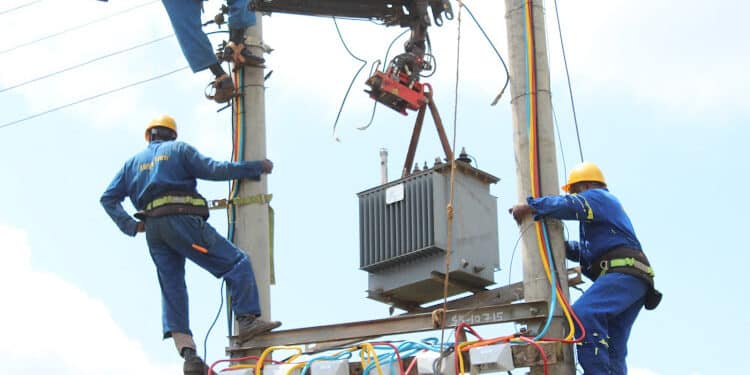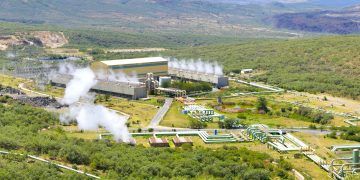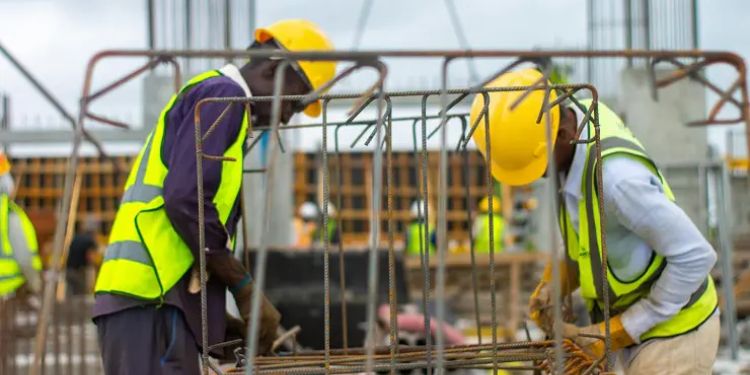The cost of building a house in Kenya has increased again, with new government data showing a steady rise in the prices of key construction materials during the second quarter of 2025.
According to the Kenya National Bureau of Statistics (KNBS), the Building Cost Index rose by 0.78% between April and June 2025, because of increased prices of cement, reinforcement bars, timber, sand, and paving blocks.
These are the materials used for most residential and commercial construction projects.
The Construction Input Price Indices (CIPI) report shows that cement and lime prices increased by 2.62%, while reinforcement bars rose by 1.47%.
On the other hand, timber and wood prices went up by 2.50%, and sand prices climbed by 1.44%. Paving blocks also saw a 1.58% increase during the same period.
The overall construction indices increased from 119.05 in Q1 of 2025 to 119.75 in Q2 of 2025. This rise was mainly attributed to the increase in the materials indices.”
Notable indices that rose were those of Concrete & Asphalts (2.86%), Cement (2.63%) and Steel & Reinforcement Bars (1.52%).
Also Read: Win for Construction Companies and Local Manufacturers as 15% Tax Incentive Is Retained
Building Hikes While Fuel Prices Decrease
According to the report, the hikes come despite a drop in fuel prices, which usually reduces overall construction costs due to lower transport and equipment operating expenses.
The Fuel and Transport Index decreased by 0.34%, driven by a 1.68% fall in fuel prices.
However, the relief from lower fuel costs was not enough to offset the sharp rise in raw material prices.
“The Transport, fuels & lubricants index declined by 0.62 per cent, primarily due to a 1.62 per cent drop in fuel and lubricants indices.”
“The Equipment Indices remained unchanged, indicating price stability across all categories over the review period,” KNBS stated in the report.
Also Read: Story of the Founder and Current Owner of the Odeon Building in Nairobi
Cost of Labour in Construction
On the other hand, the cost of labour and construction equipment remained unchanged during the period, according to the data.
There were only marginal increases in the labour index for machine/plant operators and skilled workers such as carpenters, welders, and masons.
In the general construction category, most labour indices either remained unchanged or experienced very slight increases.
For example, the index for machine/plant operators rose marginally by 0.07% to 107.24, while the carpenter, painter, welder, and mechanic categories increased slightly from 112.00 in Q1 to 112.17 in Q2.
Also, the mason/foreman index remained almost flat, moving from 110.63 to 110.65.
Follow our WhatsApp Channel and X Account for real-time news updates.
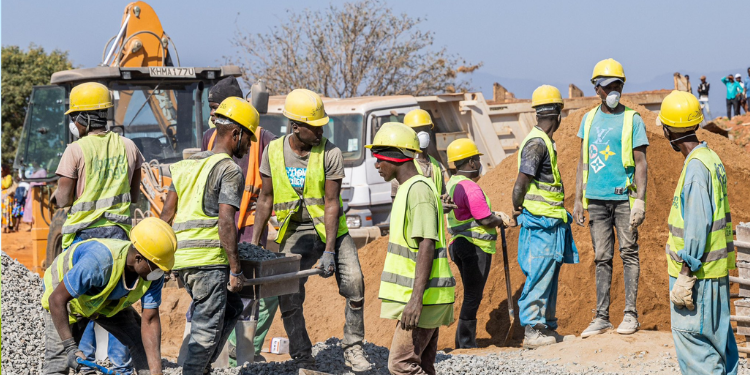


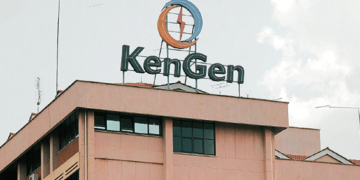


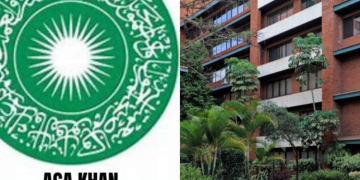



















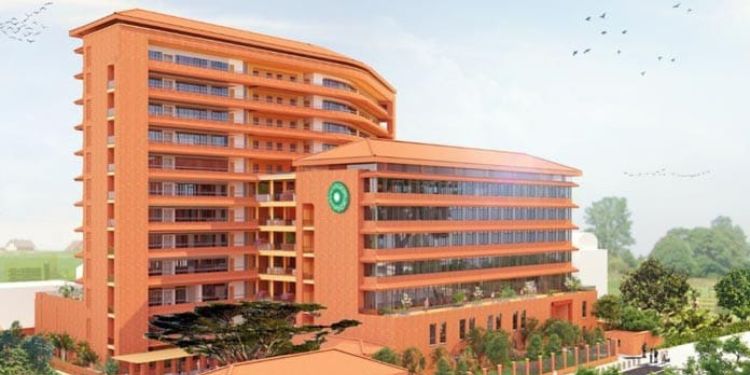


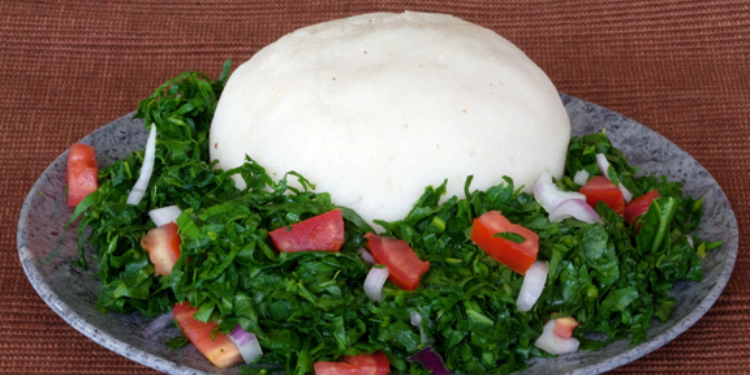



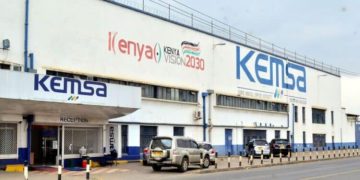




















![Senator Allan Chesang And Chanelle Kittony Wed In A Colourful Ceremony [Photos] Trans Nzoia Senator Allan Chesang With Channelle Kittony/Oscar Sudi]( https://thekenyatimescdn-ese7d3e7ghdnbfa9.z01.azurefd.net/prodimages/uploads/2025/11/Trans-Nzoia-Senator-Allan-Chesang-with-Channelle-KittonyOscar-Sudi-360x180.png)









